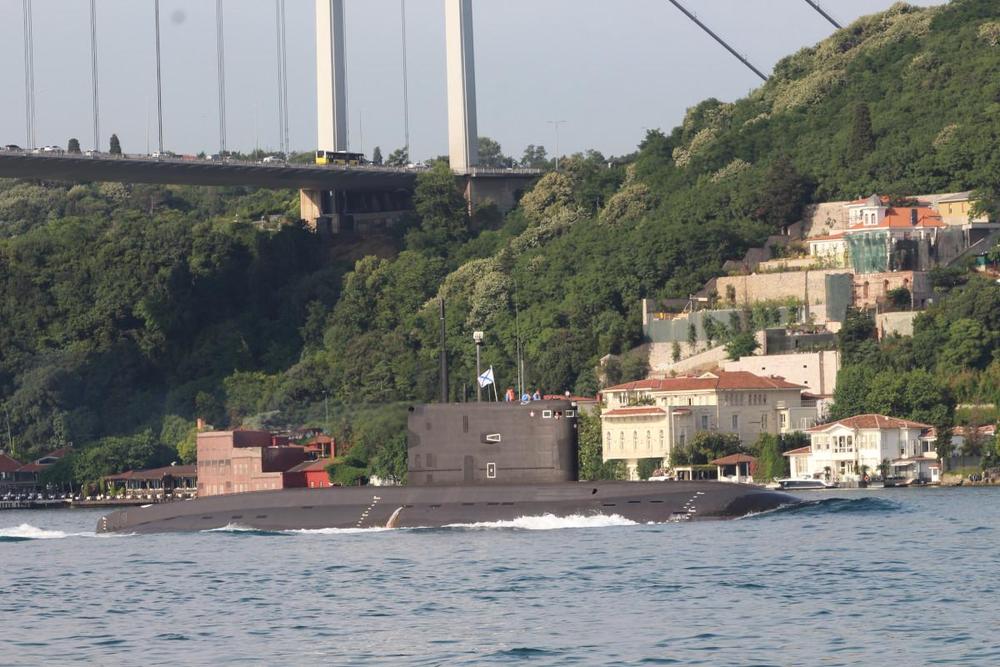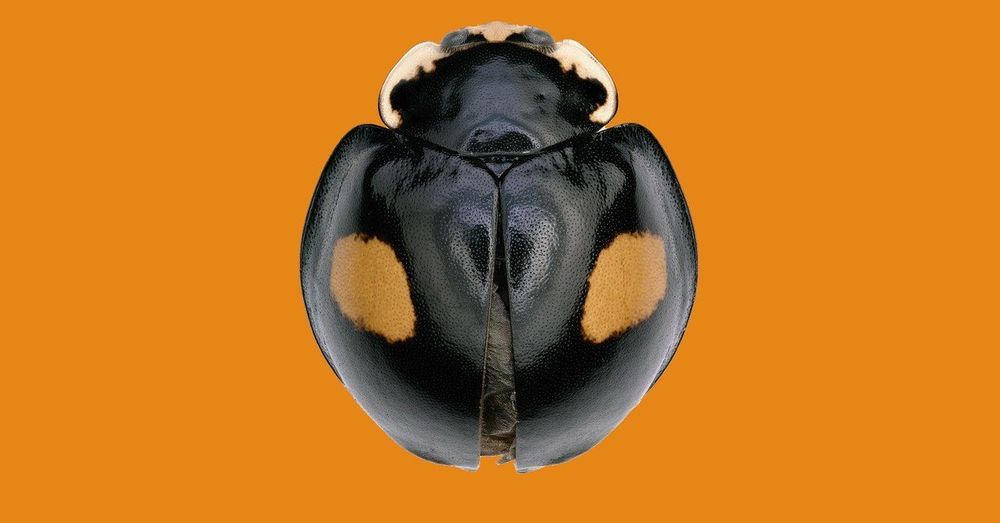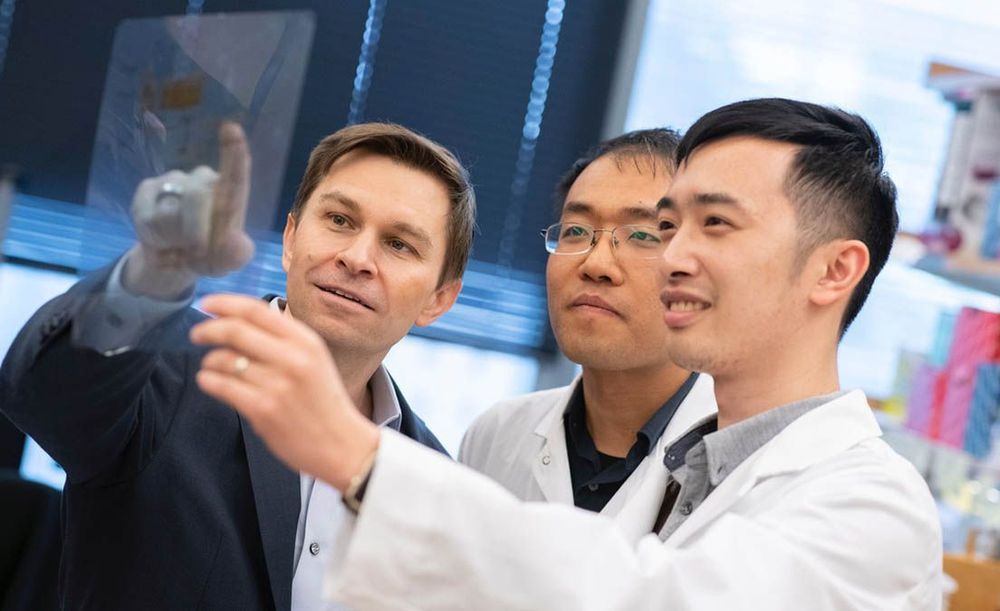Cardiology researchers have discovered how a key protein can help the heart regulate oxygen and blood flow and repair damage.
San Diego State University

In “2030: Beyond the Film” Director Johnny Boston discusses the futurist FM-2030, the Coronavirus Pandemic, and a range of urgent issues in the medical, philosophical, longevity & futurist space with leading voices.
In this episode, Boston talks with David A. Kekich on why Kekich believes working towards Biological Superlongevity should be the first goal of Transhumanists and futurists.
About David A. Kekich: (from Maximum Life Foundation)
David Kekich is President/CEO of Maximum Life Foundation that focuses on aging research. In 1999, he realized the inevitability that science will someday control the human aging process. He understood human beings will someday be able to enjoy very long health spans by studying aging research, the root cause of most deadly diseases. The problem? He was in a race against the clock. He was faced with the possibility of being part of the “last generation to suffer from heart disease, cancer, Alzheimer’s and other aging related diseases”. His solution was to further that aging research and hopefully move it forward by establishing the Maximum Life Foundation.
Maximum Life Foundation Website:
https://www.maxlife.org/
About 2030 the film:
Johnny Boston was 10 years old when he first met FM-2030, a futurist who intended to live forever. But in 2000, after his body ceased to function, FM was cryonically preserved. 16 years later, an unexpected call places FM’s future in Johnny’s hands.
Directed By: Johnny Boston

The role genetics and gut bacteria play in human health has long been a fruitful source of scientific enquiry, but new research marks a significant step forward in unraveling this complex relationship. Its findings could transform our understanding and treatment of all manner of common diseases, including obesity, irritable bowel syndrome, and Alzheimer’s disease.
The international study, led by the University of Bristol and published today in Nature Microbiology, found specific changes in DNA — the chains of molecules comprising our genetic make-up — affected both the existence and amount of particular bacteria in the gut.
Lead author Dr David Hughes, Senior Research Associate in Applied Genetic Epidemiology, said: “Our findings represent a significant breakthrough in understanding how genetic variation affects gut bacteria. Moreover, it marks major progress in our ability to know whether changes in our gut bacteria actually cause, or are a consequence of, human disease.”

A newly discovered Alzheimer’s gene may drive the first appearance of amyloid plaques in the brain, according to a study led by researchers at Columbia University Irving Medical Center.
Some variants of the gene, RBFOX1, appear to increase the concentration of protein fragments that make up these plaques and may contribute to the breakdown of critical connections between neurons, another early sign of the disease.
The finding could lead to new therapies that prevent Alzheimer’s and better ways of identifying people with the greatest risk of developing the disease.
The virus SARS coronavirus 2 (SARS-CoV-2) is the known cause of coronavirus disease 2019 (COVID-19). The “spike” or S protein facilitates viral entry into host cells.
Now a group of researchers from Seoul National University in South Korea, University of Cambridge in UK, and Lehigh University in USA, have worked together to produce the first open-source all-atom models of a full-length S protein. The researchers say this is of particular importance because the S protein plays a central role in viral entry into cells, making it a main target for vaccine and antiviral drug development.
The details can be found in a paper, “Developing a Fully-glycosylated Full-length SARS-CoV-2 Spike Protein Model in a Viral Membrane” just published online in The Journal of Physical Chemistry B.


A Russian submarine passed through Turkey on Tuesday, in an apparent breach of the longstanding Montreux Convention, which prohibits submarines from moving between the Black Sea and the Mediterranean. If the move goes unchecked it could change the balance of power in the region, making Russia more powerful in the Mediterranean.
The submarine was photographed by Yörük Işık, a highly respected ship spotter who lives in Istanbul. There is no mistaking that this is a Kilo Class submarine. Only Russia operates this type of submarine in the Black Sea. Romania also has a sole example on its lists but that hasn’t been active in decades so it cannot be that.
More specifically, the submarine is likely to be the Project 636.3 boat Rostov-on-Don, heading to take up duty in Syria. Russian state media reported on April 27 that the sub would be dispatched on a “deployment in distant waters” to the Mediterranean. Analysis of open-source intelligence suggests that she put to sea briefly after the announcement but then returned to her base on April 29. This was likely to start a pre-deployment COVID-19 isolation. She then participated in the Victory Day parade in Sevastopol, Crimea. She did not actually head south toward the Mediterranean until now.


Honeywell has been working toward this goal for the past decade when it began developing the technology to produce cryogenics and laser tools. In the past five years, the company assembled a team of more than 100 technologists entirely dedicated to building the machine, and in March, Honeywell announced it would be within three months — a goal it was able to meet even as the Covid-19 turned its workforce upside down and forced some employees to work remotely. “We had to completely redesign how we work in the facilities, had to limit who was coming on the site, and put in place physical barriers,” says Tony Uttley, president of Honeywell Quantum Solutions. “All of that happened at the same time we were planning on being on this race.”
The conglomerate said its machine had reached a Quantum Volume of 64, twice as powerful as IBM’s machine.

One of the world’s greatest anti-aging scientists continues his groundbreaking efforts. In the photo next to Dr David Sinclair, there is a fella who kind of looks like my friend, Dr Yuancheng Ryan Lu. Is that you? (Dr Lu has confirmed that he is indeed the scientist on the right. Dr Sinclair is on the left.)
I can’t wait to see what they develop next!
Harvard scientist David Sinclair is one of Longevity’s big hitters. Just a year after raising $50M in Series B financing, his company Life Biosciences LLC is looking for $100M to progress its anti-aging research [1].
Longevity. Technology: Life Biosciences had an original Series B goal of $25M; it doubled it. As NAD continues to embed in the anti-aging supplement marketplace, the company is looking to expand, with a range of subsidiaries under its Longevity umbrella. Although the company isn’t spilling any secrets on its proposed clinical trials, we will be sure to keep a close eye on progress.
Life Biosciences, valued last year at approximately $500M, is built on Sinclair’s experience as co-Director of the Paul F Glenn Center for the Biology of Aging at Harvard Medical School, as a genetics professor at Harvard University and on previously-founded companies Arc Bio, Genocea and Ovascience.